Top tips for lighting a warehouse
Lighting large spaces can be a challenge. Firstly, there are the safety aspects to consider – you need to ensure adequate lighting levels to reduce the risk of accidents and injuries.
Then there are the practical elements – if your ceilings are over 20 feet, you need a high bay solution that can get the light where you need it. And finally, the efficiency. Inefficient lighting is not only bad for the environment, but it can also cost an absolute fortune.
So how can you make sure your warehouse lighting ticks all the right boxes?
Opt for LED solutions whenever possible
You’ll struggle to find any electrical contractor who doesn’t recommend LED (Light Emitting Diode) solutions for warehouse lighting. The benefits of LEDs are numerous.
Energy efficiency: LED lights are highly energy-efficient and consume significantly less electricity than traditional lighting. They can reduce energy consumption by up to 80-90%, leading to lower electricity bills and reduced carbon emissions.
Longevity: LEDs have an exceptionally long lifespan of up to 50,000 hours or more. This reduces the need for frequent replacements, saving on maintenance and replacement costs.
Durability: LED lights are solid-state lighting devices, meaning they are less prone to breakage and are more suited to industrial settings than traditional bulbs.
Instant lighting: LEDs provide instant illumination with no warm-up time. They turn on to full brightness immediately and can be cycled on and off frequently without impacting their lifespan or performance.
Lower heat emissions: LEDs emit very little heat compared to incandescent and fluorescent lights, so less energy is wasted, and you aren’t putting extra strain on chillers or air-con units.
Directional lighting: LEDs emit light in a specific direction, minimising light waste (and energy costs).
Environmentally friendly: LEDs are mercury-free and do not contain hazardous materials so they’re more environmentally friendly and easier to dispose of than fluorescent lamps.
Versatile: LED technology is completely versatile – there’s a solution for every need, from compact lighting fixtures to decorative designs. Plus, you can choose from various colour temperatures, such as warm white for breakout rooms or cool white for task lighting.
Lower maintenance: Due to their long lifespan and durability, LEDs require less maintenance and fewer replacements, reducing maintenance costs over time.
Smart lighting integration: LEDs can be integrated with smart lighting systems, enabling remote control, scheduling, and automation.

Utilise natural daylight
An excellent way to save on lighting costs is to utilise natural daylight by combining natural and artificial lighting solutions. Natural light is not only cheaper than artificial light, but it’s better for employee wellbeing too.
Add windows, skylights, or translucent roof panels: If feasible, consider retrofitting your warehouse with windows, skylights or translucent panels to allow natural light to enter. Prismatic or tubular skylights can increase light diffusion.
Implement daylight sensors: Daylight sensors adjust electric lighting levels based on available natural light, dimming or turning off artificial lights when sufficient daylight is present.
Install light shelves or solar tubes: Adding light shelves to the building's exterior can help redirect sunlight deeper into your warehouse. And solar tubes channel natural light from the roof to interior spaces, offering an efficient way to bring daylight into darker areas.
Light-reflective surfaces and diffusers: Add reflective materials to walls, ceilings, and floors to bounce and distribute natural light more effectively. Install light diffusers, such as prismatic panels or diffusing films, on windows and skylights to evenly spread natural light and reduce glare.
Optimise light distribution
Nobody wants to pay to light unused spaces like ceiling cavities. Choosing fixtures that optimise light distribution will help you minimise light waste and get more of the light where you need it.
High-bay fixtures: For ceilings over 20 feet, high-bay fixtures are a must. High-bay lighting has engineered reflectors to ensure the light gets to the floor evenly. There are a variety of high bay fixtures to choose from, with some LED solutions running for up to 100,000 hours.
Reflective surfaces: Choose reflective materials for walls, ceilings, and floors. Light-coloured, glossy, or mirrored surfaces can help distribute light more effectively.
Lighting controls: Install lighting control systems, such as occupancy sensors, timers, and daylight sensors to automatically adjust lighting levels based on occupancy and time of day.
Light fixtures: Select fixtures with precise optics and distribution patterns to direct light where it's needed – for example, pendant lights, recessed fixtures, and linear LEDs.
Zoning and task lighting: Divide your space into zones based on functions and traffic. Use different lighting levels and types for each zone to meet specific needs. For example, brighter lighting over busy areas and softer lighting in break areas.
Dimmers and timers: Implement smart controls such as dimmers and timers to optimise lighting and ensure lights aren’t left on when areas are not in use.

Utilise motion sensor technology
Motion sensors can be used to automatically turn lights on and off when people or vehicles are detected. This is a great way to minimise light waste – you only light up the aisles or areas that are in use. There are several types of motion sensors available.
Passive infrared (PIR) sensors: PIRs detect changes in infrared radiation (heat) caused by moving objects and are commonly used in residential and commercial settings for indoor and outdoor applications.
Ultrasonic sensors: Emit high-frequency sound waves and detect changes in the waves' reflection caused by motion. These sensors are effective at detecting motion behind obstacles or barriers.
Microwave sensors: Emit microwave pulses and measure their reflection off moving objects. Highly sensitive and can detect motion through walls and other materials. Commonly used in industrial and commercial applications.
Tomographic sensors: Use radio waves to create a 3D map of an area and detect changes in the radio wave pattern caused by motion. Suitable for monitoring large and complex spaces, such as warehouses.
Heat-sensitive sensors (thermal imaging): Use thermal cameras to detect temperature differences caused by moving objects. Effective in low-light areas or areas of complete darkness.
Dual technology sensors: Combine two or more sensor technologies for increased accuracy. Typically used in high-security or critical applications.
Work with a specialist electrical contractor
Lighting can have a huge impact on energy and maintenance costs, so it’s important to get it right.
That’s why it pays to work with a specialist electrical contractor such as AES. We can help you select the most efficient and effective solutions for your warehouse.
We can conduct a full lighting audit and create an installation plan that includes a cost-benefit analysis and expected ROI. We may also be able to assist you with accessing any government grants.
As well as your standard lighting and lighting controls, we can take care of all your emergency lighting needs and any specialist lighting. We are also CompEx accredited, which means we can carry out work in any ATEX area.
If you’d like to learn more about any of our services, get in touch with our friendly team.
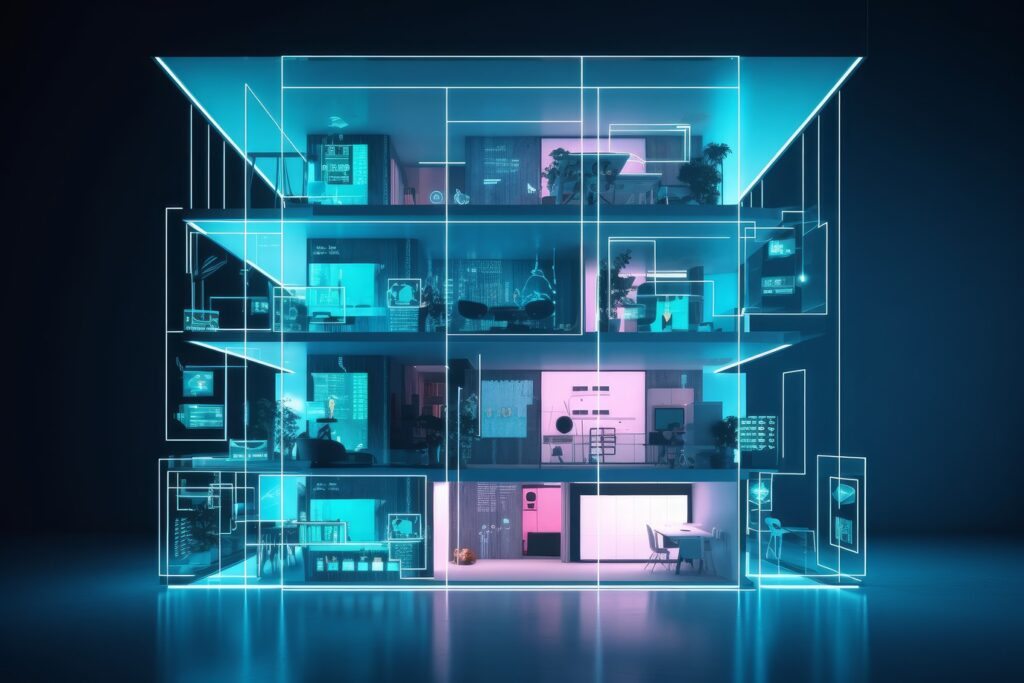
Our guide to building energy management systems
Building energy management systems (BEMS) are systems that allow you to monitor, control, and optimise the energy used within your building. The phrase building energy management system (BEMS) is often used interchangeably with the phrase building management system (BMS), but there are some differences. A BEMS is focused on energy-related systems such as lighting, heating, […]
Read more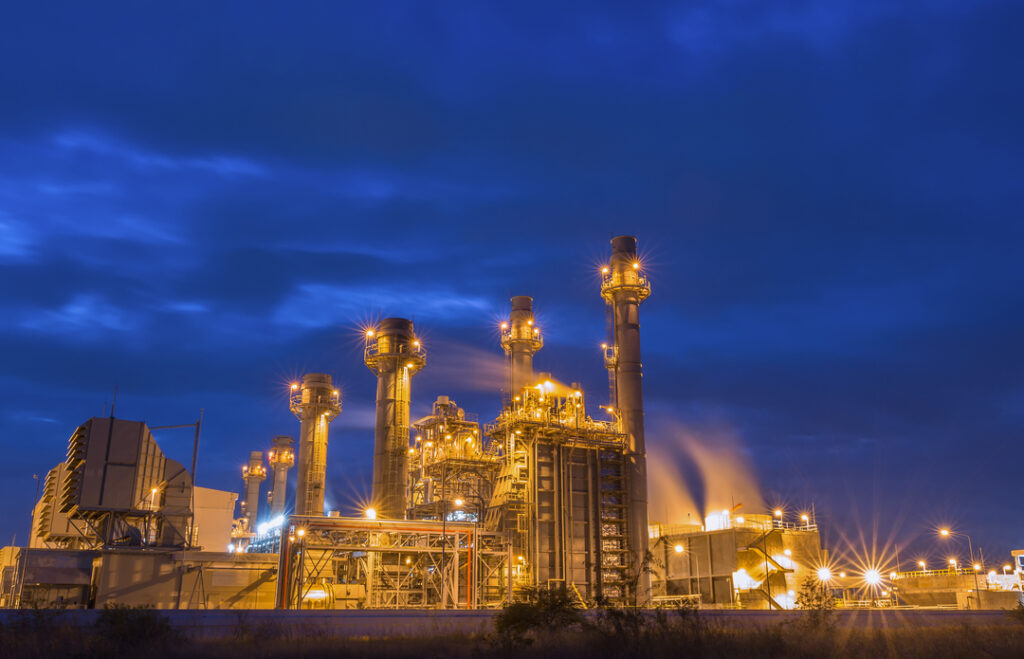
How far does power travel and what impact does distance have on performance
It’s easy to take our electricity supply for granted. We flick a switch and instantly have light or power. We don’t even think about it unless there’s an issue or an outage. But when there is an issue or outage, the impact can be significant. For manufacturers, even the smallest change in power can make […]
Read more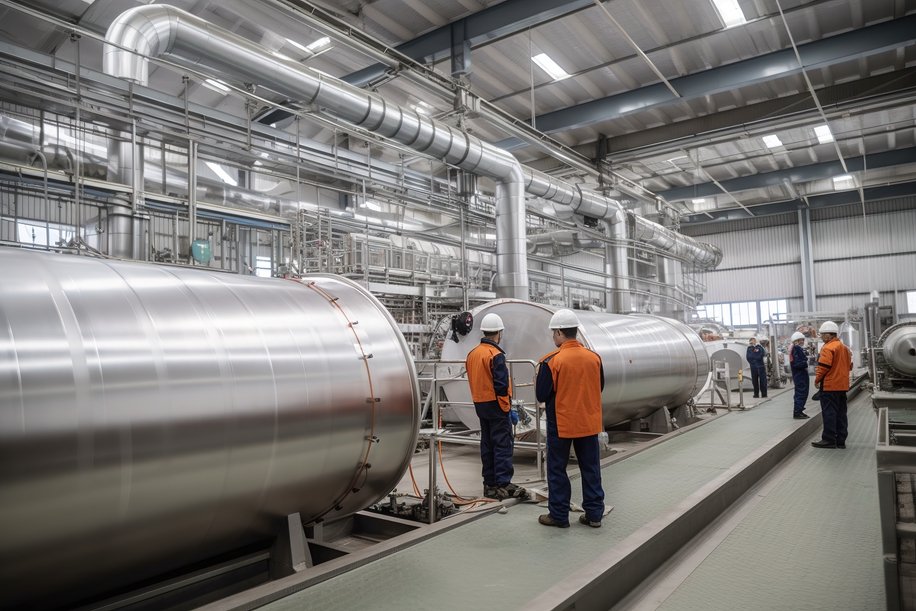
Why visibility of the production process is so important
Operational excellence, efficiency and quality are top priorities for almost every manufacturer worldwide. These things lead to improved productivity, happier customers and reduced waste – all of which result in increased profits. Visibility of the production process is the key to achieving these things. And manufacturers now have access to technology that can provide real-time […]
Read more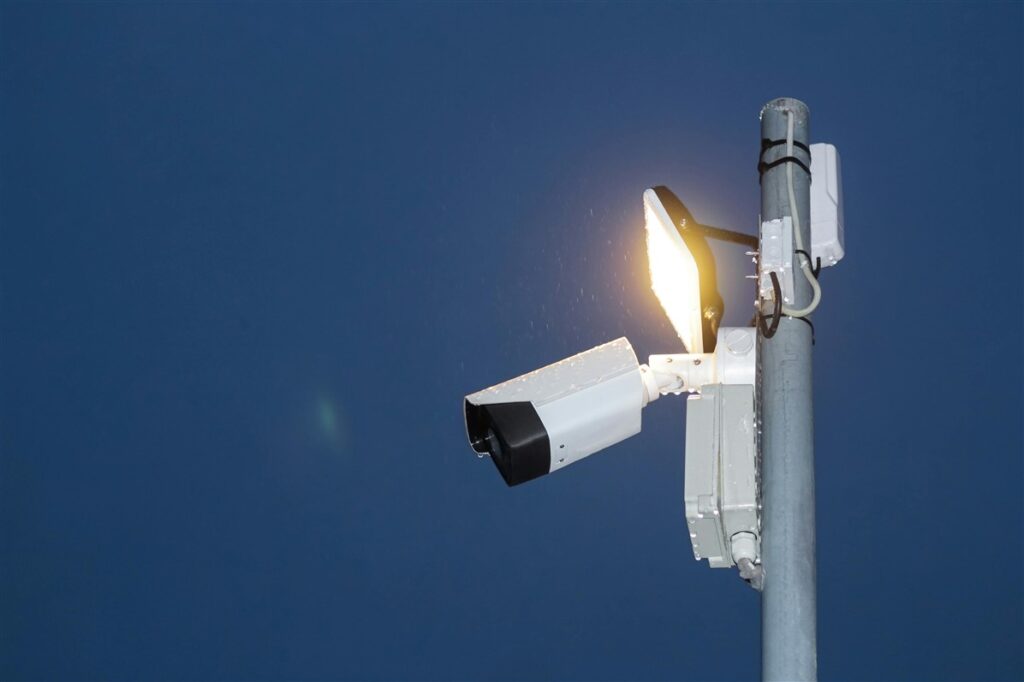
Will security lighting help to protect my staff?
Looking after the safety and well-being of employees should be a priority for any business. And while it’s not possible to mitigate every risk, there are measures you can take to improve their safety and security. One measure that is often overlooked is the installation of security lighting. When daylight disappears, visibility is reduced, increasing […]
Read more
Top 5 considerations when comparing electrical quotes
Budget is always a factor when you’re considering any type of upgrade, revamp, or maintenance work within your factory. But when it comes to electrical work, you have to consider more than just money. Don’t rush into accepting the cheapest electrical quotes without knowing exactly what you’re getting. Electrical work is not an area where […]
Read more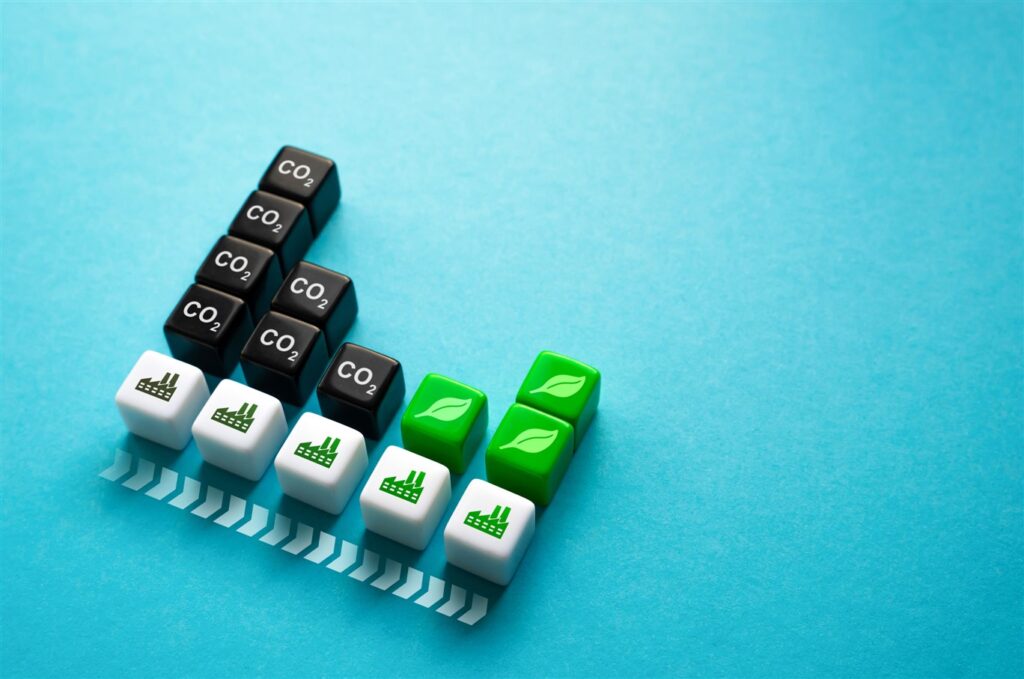
What is the role of companies in reducing our carbon footprint?
We should all be taking responsibility for protecting our planet and a big part of that is reducing our carbon footprint. But while it falls to all of us to do our bit, there is additional pressure on manufacturers, especially those with high carbon emissions. As an absolute minimum, these companies should ensure compliance with […]
Read more

